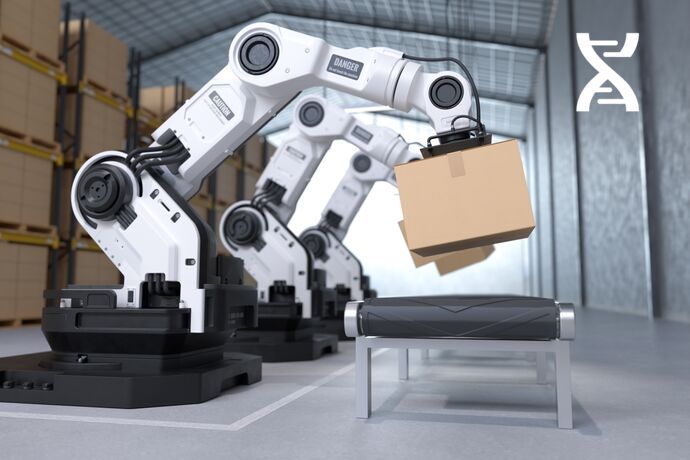New trends in operational logistics
Automation
Thanks to innovations such as AI, machine learning and deep learning, it is now possible to improve forecast quality and optimize productivity across the entire supply chain. Opening the door to process automation is the key to innovation, and technologies such as chatbots for customer relations and robots for warehouses are the perfect example.
Digitizing operations
This transformation includes the integration of new digital capabilities applied to warehousing, order picking or transport. IoT technology applied to the warehouse enables objects such as mobile terminals, RFID readers and beacons to be interconnected. These sensors collect data from the physical world and transmit it to digital databases.
Optimizing and securing truck loading
Inventory management software can optimize truck loading. Thanks to this tool, cargo preparation and vehicle loading are optimized. Goods are automatically assigned to a loading dock. The software designates a loading route and the choice of docks. It can also recommend the distribution of goods in the truck, preventing the risk of overloading. It can also facilitate the work of forklift operators by informing them of the unloading order, thus facilitating the flow of their movements and contributing to the safety of their work.
Urban logistics
The boom in e-commerce has led city centers to reconsider their logistics. Deliveries are a source of nuisance and pollution, so major cities are thinking about new delivery methods that bring goods closer to consumers and use less polluting vehicles: electric vehicles, cargo bikes and autonomous robots, which are currently being tested Furthermore, in an environment characterized by increasing urban flows, the imperatives of speed, reliability and economic balance between all players can only be guaranteed by the use of automation technologies coordinated by an OMS (Order Management System).






